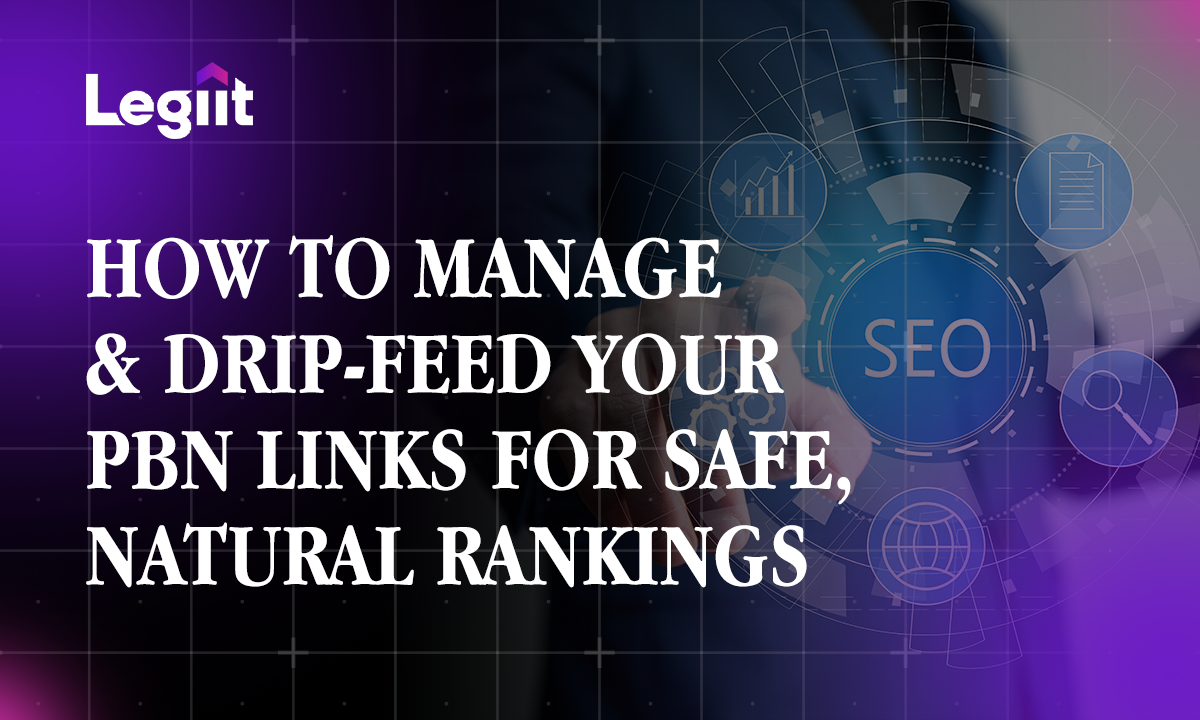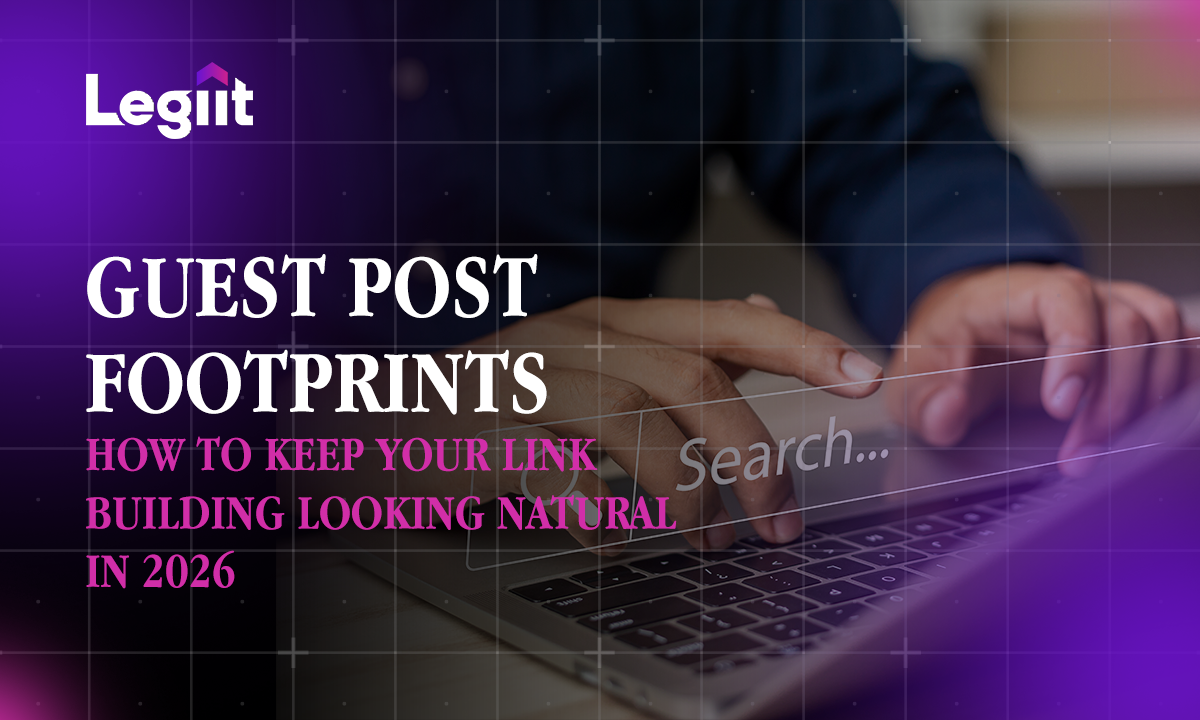Toxic backlinks, often called bad backlinks, are links from external websites that negatively impact a website's search engine optimization (SEO). These links can harm a site's visibility and credibility in search engine results. They typically arise from non-reputable sources or are created through manipulative tactics that violate search engine guidelines, notably Google's.
The presence of toxic backlinks can lead to penalties from search engines, resulting in a significant drop in rankings or even complete removal from search results or search engine results pages. This can happen because search engines, like Google, use backlinks as a measure of a website's authority and relevance. When a site accumulates many toxic backlinks, it signals to search engines that the site may be engaging in spammy or unethical SEO practices.
Understanding the nature of toxic backlinks and the threat they pose is crucial for maintaining the health and performance of a website in search results. In other words, it is up to webmasters to ensure that all incoming links, or most of them, are of high quality or suffer the consequences.
This article delves into the various types of toxic backlinks, how to check bad backlinks, and effective strategies for removing them to safeguard your website's SEO integrity.
Types of Toxic Links According to Search Engines

Toxic links or backlinks are the opposite of good backlinks or relevant backlinks that can help improve a website's performance in search engines. Also often referred to as spammy backlinks, they can lead to a website losing rankings or not being able to rank at all. In extreme cases, it can also mean that the website in question receives a manual penalty from Google.
The first step to identifying toxic backlinks or spammy links is to know their type or how they originate. This will help you avoid forbidden link-building practices.
Paid Links
Paid links are those acquired through financial transactions explicitly intended to manipulate PageRank and search rankings. This practice is a direct violation of Google's Webmaster Guidelines. These links are typically placed on unrelated or low-quality sites and lack contextual relevance.
The links are easily identifiable by search engines and can lead to severe penalties, including a drop in rankings or de-indexing. The primary issue with paid links is their inauthentic nature; they do not represent a genuine endorsement of your site's content or authority.
However, there are still ways to get link juice by paying for it, and not having to worry about Google finding out. Buying contextually relevant and high quality backlinks still works wonders, but these links aren't cheap.
Link Exchanges
Link exchanges involve two websites agreeing to link to each other to boost their SEO artificially. While reciprocal linking isn't inherently bad, search engines see excessive and irrelevant exchanges as manipulative.
These schemes often referred to as unnatural links, often result in links lacking relevance to the site’s content, contributing nothing to user experience. Search engines, particularly Google, can penalize sites engaged in such practices, as they indicate an attempt to game the ranking system rather than providing genuine, valuable content.
Private Blog Networks (PBNs)
PBNs are networks of websites created solely to generate backlinks to a target website. These sites are often low-quality, with thin content, and exist only to pass link equity.
Search engines like Google are adept at identifying and penalizing sites associated with PBNs. Using PBNs is considered a black-hat SEO tactic, as it creates an artificial sense of authority and relevance, misleading both users and search engines.
Automated Link Building
Automated link building involves using software to create backlinks en masse. This method often results in low-quality, irrelevant links on forums, comment sections, and other platforms accepting user-generated content.
These links are typically easy for search engines to spot and are considered spammy. They can harm a website's SEO as they are associated with manipulative practices and low-quality sites. Furthermore just about any toxic backlink checker tool can identify these types of backlinks.
Links from Irrelevant or Low-Quality Sites
Backlinks from sites that have no topical relevance to your content or are known for hosting low-quality, spammy content can negatively impact your site's SEO. These links do not contribute to a site's authority or relevance in the eyes of search engines. Instead, they can signal that a site is part of a spam network or engaged in manipulative link-building practices.
Spammy Forum and Blog Comment Links
These are links embedded in comments on forums and blogs, often irrelevant to the discussion and solely intended for link building. They are typically generic, add no value to the conversation, and are placed in large quantities across various sites. Search engines view these as spammy tactics, reflecting poorly on a website's credibility and potentially leading to penalties.
It is worth mentioning that getting backlinks from spam websites could almost certainly mean the site is penalized. Thus, this practice should be avoided. Fortunately, it is easy to check spam backlinks.
Over-Optimized Anchor Text
Using excessively keyword-rich anchor text in backlinks can appear unnatural and manipulative. This practice involves stuffing anchor text with target keywords to influence rankings for those terms.
Search engines like Google, recognizing this tactic, may penalize sites with an unnatural proportion of keyword-rich anchor texts, as it suggests an attempt to manipulate search results rather than provide useful, relevant links.
Links from Sites with Explicit Content or Illegal Material
Links from websites that host illegal, unethical, or explicit content can be toxic due to negative association. Search engines aim to provide safe, reputable sources in their search results, and being linked to from such questionable sites can harm a site's reputation and trustworthiness in the eyes of both users and search algorithms.
Widget Links
These are backlinks automatically included in widgets (like embedded tools or badges) that users place on their websites. If these links are not set to nofollow, they can be seen as an attempt to manipulate search rankings. Google advises that widget links should be nofollow or should be nofollow links to avoid passing link equity, as they are not editorially given but automatically generated.
Foreign Language Links
An excessive number of backlinks from sites in languages unrelated to your site's primary content can be seen as a sign of artificial link building. These links often need to be more relevant because if not can indicate a spammy backlink profile. Search engines may view this as an unnatural attempt to boost international SEO or as part of a link farm, leading to potential penalties.
How to Identify Bad Backlinks
Identifying toxic backlinks requires a combination of manual inspection and SEO tools or a dedicated and reliable spam link checker. Here’s how you can spot them:
- Using Google Search Console: Google Search Console is a valuable tool to find toxic backlinks. You can see the websites linking to your site by navigating to the' Links' section. Pay attention to links from unfamiliar sites or those that seem irrelevant or spammy. If you see a large number of spammy links linking to your website, it could indicate a negative SEO attack.
- Backlink Audit Tools: SEO tools like SEMrush offer backlink audit features that can help identify toxic backlinks. These tools analyze backlinks based on various factors like trust score, domain score, and the nature of the linking site.
- Manual Inspection: Manually inspecting backlinks involves checking the context in which the link appears, the relevance of the linking site to your content, and the quality of the content on the linking site.
- Check for Sudden Spikes in Backlink Volume: A sudden increase in backlinks or inbound links can signify spammy link-building practices.
- Anchor Text Analysis: Over-optimized or irrelevant anchor texts can indicate toxic backlinks.
How to do away with toxic backlinks

Removing toxic backlinks is crucial to maintaining your website's SEO health. It involves identifying and eliminating harmful links that could damage your site's search engine rankings. You can use a spammy backlink checker tool or toxic links checker to find them.
Here's a more detailed approach:
Comprehensive Backlink Audit: Begin thoroughly auditing your backlink profile using tools like SEMrush, Ahrefs, or Moz. These tools can help you identify potentially harmful links based on metrics like trust scores, domain authority, and the linking site's quality. Look for patterns such as an unnatural influx of links over a short period, links from irrelevant or low-quality sites, and links with over-optimized anchor text.
Manual Review and Verification: After the initial audit, manually review the flagged backlinks. You can visit the linking pages to see the context and quality of the link. Sometimes, tools might flag links that are benign, so a manual review ensures you're only targeting genuinely harmful links.
Contacting Webmasters for Link Removal: Once you've identified the toxic backlinks, reach out to the webmasters or site owners of these domains. Politely request the removal of the link to your site. Provide specific details about the link and its location to make it easier for them to find and remove it. Keep track of your communication efforts; you might need to follow up or provide this information to Google later. Remember that often targeting link spam by reaching out to webmasters of those websites may not yield results.
Using Google's Disavow Tool: If your removal requests are unsuccessful or if you're unable to contact the site owners, use Google's Disavow Tool. This tool lets you inform Google which links to ignore when evaluating your site. Be cautious with this tool; only disavow links that are harmful after you've attempted removal. Disavowing should be a last resort, as improper use can harm your site's performance.
Monitoring and Regular Audits: Monitor your backlink profile for new toxic links. Regular audits are essential to catch and address harmful links proactively. Set up alerts in your SEO tools to notify you of new backlinks so you can assess them promptly.
Building a Healthy Backlink Profile: Work on building a healthy backlink profile. Focus on acquiring high-quality, relevant links from authoritative sites. This dilutes the impact of toxic links and strengthens your overall SEO.
Documenting Your Efforts: Record all your efforts to remove toxic backlinks. Document your communication with webmasters and any use of the disavow tool. This information can be crucial if you need to explain your backlink cleanup efforts to Google, especially for a manual penalty.
Reconsideration Requests: If your site has received a manual penalty from Google due to toxic backlinks, you will need to submit a reconsideration request after cleaning up your backlink profile. In your request, explain the steps you've taken to remove the harmful links and any efforts to improve your link-building practices.
Educating Your Team: Ensure that your SEO and content teams know the best practices for ethical link building. Educating your team on what constitutes a good link versus a toxic link can prevent the accumulation of harmful backlinks in the future.
Leveraging Professional Services: If the process becomes overwhelming, consider hiring SEO professionals or agencies specializing in backlink analysis and cleanup. They can bring expertise and resources to manage and remove toxic backlinks or low quality links effectively.
Conclusion
Finally, toxic backlinks are digital landmines for your SEO. Vigilance is key to securing your ranking. Identify and remove these threats using available tools and techniques. Disavowing when necessary is crucial. Avoid buying links from link farms, and stay on top of negative SEO attempts.
Prioritize high-quality links, and keep monitoring your backlink profile. A proactive approach keeps your SEO healthy and your rankings soaring.
FAQs
Q. What are toxic backlinks?
A. These are links that are bad for your website. A toxic link checker can be used to identify these links.
Q. How to find bad backlinks?
A. The easiest way is to use a tool to help find bad backlinks. There are several that check toxic backlinks of a website.
Q. How do I know if my backlinks are bad?
A. Most tools can help you identify toxic backlinks. Specifically, if you want to know how to identify spammy links, read the section above for more details.
Q. How to Find and Monitor Bad Backlinks?
A. Tools such as Moz, Ahrefs, and SEMrush can help you find and monitor bad backlinks.
Q. What are 5 Types of Bad Backlinks You Don't Want?
A. You want to avoid backlinks from forms, blog comments, and auto-generated backlinks.
Q. Is there an accurate way to detect spammy backlinks?
A. There is no 100% accurate way of automatically detecting spammy backlinks without manual review. We suggest you review all backlinks manually to determine which ones are really bad.













 Download
Download